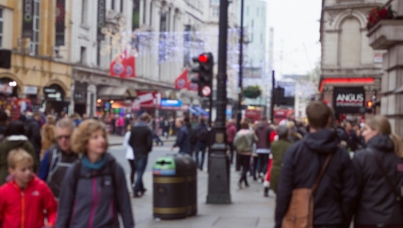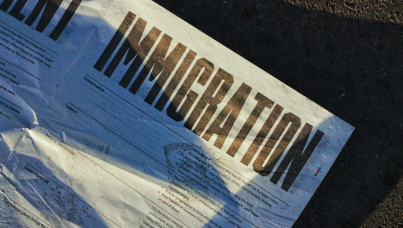Worcester's Weblog

MORI chairman Sir Robert Worcester analyses the latest opinion poll data.
There have been 44 polls so far during this election, from 5th April when the election was called, to 2 May, Tuesday, with 48 hours to go until Election Day. As always, there have been many headlines and commentators saying that the polls are "all over the place". I treasure the memory of Jim Naughtie's broadcast from the American election when he said on the Today Programme that the polls are "all over the place -- within a very narrow margin". Says it all, doesn't it?
These 44 polls have shown a trend. Since the beginning of the election, the Liberal Democrats have put on a point or two, at the expense of the Conservatives. That's all. As I've said repeatedly, watch the shares, not the lead.
The average of all the face-to-face (2) and telephone (27) polls found Labour on 39.2%, Conservatives on 32.3% and Liberal Democrats on 21.0%. All 29 were within 1773% on the share for each party. The average of both sets of internet polls (15) was 36.4%, 34.1%, and 22.1%. Comparing the two sets, a difference of 1.8% higher for the internet polls for the Tories, 2.8% lower for the Labour Party, and 1.1% higher on the Lib Dems. Not much, and all within the normal "margin of error" or "confidence limits" set out for perfectly random samples, which no opinion poll can ever be. And on such a faulty premise will the poll that got it closest be judged by the academic psephologists who will be asked by the media to pronounce on "did the polls get it right", and "who got it closest"? Nonsense.
But we'll play the game, not because it's right, but because the media want their sport.
A sub plot of the game is being played by the betting sites. One after another they claim when the media give them the opportunity to say that they are "more accurate than the pollsters", neglecting to mention that most of the punters get much of their insight into how to place their bets by following, more closely than most commentators, the opinion polls.
At the outset, the IG Index, who admits influence from the polls, were taking spread bets on the likely turnout, on the day the election was called between 58.5% and 60%. As the polls reported increasing likelihood of a higher turnout, the money followed, and so did IG Index's spread, to yesterday's 61%-62%. Their spread on a Labour majority began at 52 to 58 seats. It is now 77-83, not up much, only a point in the polls, but enough to hedge their side of these bets, and it's estimated that 95% of spread betting punters lose to the house.
The bet I'm looking forward to collecting is the one with Nick Cohen of the Observer, that frequent writer of cynical and critical diatribes against opinion polls, who in a foolish moment bet me 50 quid that Labour's majority would be 50 seats or fewer. See you on Friday to collect my winnings Nick, and look forward to your mea culpa in future articles!
Thanks to my colleague at MORI Colin Wilby and to Sporting Life, who have together kept me informed of the odds throughout the election.



